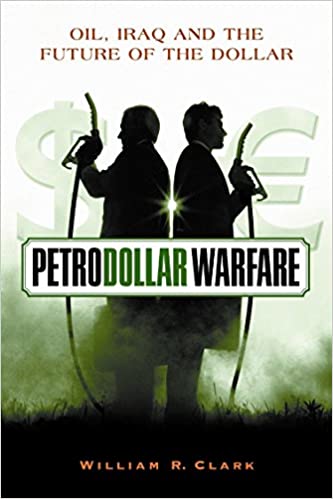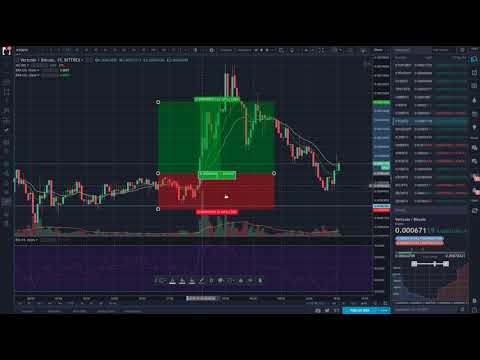Contents:
This usually appears on your income statement. When using process costing, companies determine item cost by tracking the cost of each stage in the production process, then divide the total cost by the number of items produced. Process costing systems are used to track the costs of production at each stage in order to ensure that products are being produced efficiently.
In a job costing system, direct materials, direct labor, and overhead costs are compiled for an individual unit or job. This approach works best for unique products, such as custom-designed machines or consulting projects. The cost accumulation process is highly detailed and labor-intensive. To determine the cost per unit for a department in a process costing system, simply divide the total costs for the department by the total number of units produced for the period. Four steps are used to assign product costs to completed units transferred out and units in work-in-process inventory at the end of the period.

Direct materials are 80 percent complete and direct labor is 40 percent complete. Calculate the equivalent units in the Assembly department for direct materials and direct labor. Calculate the equivalent units for each of the three product costs—direct materials, direct labor, and overhead.
What is Process Costing?
Financial decision-making is based on the impact on the company’s total value stream profitability. Value streams are the profit centers of a company, which is any branch or division that directly adds to its bottom-line profitability. The main goal of lean accounting is to improve financial management practices within an organization. Lean accounting is an extension of the philosophy of lean manufacturing and production, which has the stated intention of minimizing waste while optimizing productivity.

A low level of value is produced in the products. Cost tracking cannot be done for individual products. Bubblez’n’More is a seltzer bottling firm that specializes in one-of-a-kind tastes. The sodas go through numerous stages of manufacture. The filling department incurs $25,000 in direct material costs and $50,000 in conversion costs for the current month . 50,000 bottles are processed by the department over the time period.
Using detailed cash-flow information, a financial analyst claims to be able to spot companies that are likely candidates for bankruptcy. The analyst is presented with information on the past records of 15 companies and told that, in fact, 5 of these have failed. He selects as candidates for failure 5 companies from the group of 15. In fact, 3 of the 5 companies selected by the analyst were among those that failed. Evaluate the financial analyst’s performance on this test of his ability to detect failed companies. The addition of material in a successor department that causes an increase in volume is called A.
You must cCreate an account to continue watching
Direct labor costs incurred during the month but not yet paid . Review “Business in Action 3.3” Describe the last two stages of the production process at Hershey. 50,000 units were partially completed and remained in ending WIP inventory on March 31 . 5,000 units were partially completed and remained in ending WIP inventory on May 31 . The concept of an equivalent unit can be applied to determine the number of full-time equivalent students at a school. Colleges use FTES data to plan and make decisions about course offerings, staffing, and facility needs.
Learn about process costing. Study the process costing definition, examine process costing examples, and discover why process costing systems are so important. The company is required to keep records for each production process, such as units or costs introduced in each process and passed on to the next stage of production. A product may be manufactured through one process or more than one process. If two or more processes are involved in manufacturing one finished product, the question arises, “which process has consumed the expense?

Conversion costs are the primary manufacturing costs in a labor-intensive manufacturing process. The first step is to determine the number of units that are complete and the number of units that are incomplete. In this example, there are 10,000 units that are complete and 5,000 units that are incomplete.
Activity-Based Costing
Job order costing can be used to manage individual client accounts by companies in the white collar sector of business, such as law firms, accounting firms, and private investment firms. Accounting firms might ider each individual client a job. Different Methods of Costing – Job Costing, Contract Costing, Batch Costing, Process Costing, Unit Costing, Operating Costing, Operation Costing and Multiple Costing. The method of costing refers to a system of cost ascertainment and cost accounting. These reports may be accompanied by additional information assembled by the accounting department, which provide details regarding how certain costs were incurred and who authorized them. Additionally, there is the efficiency or quantity of the input used.
- These three inventory accounts are used to record product cost information for both process costing and job costing systems.
- Direct costs are costs specifically related to producing a product.
- This concept is useful in eliminating unnecessary information that might complicate the management’s decision-making process.
- The sodas go through numerous stages of manufacture.
- Cost tracking cannot be done for individual products.
- The cost of goods transferred from the Molding department to the Packaging department totaled $10,000.
Process costing is suitable for industries producing homogeneous products and where production is a continuous flow. A process can be referred to as the sub-unit of an organization specifically defined for cost collection purpose. Process costing is an accounting methodology that traces and accumulates direct costs, and allocates indirect costs of a manufacturing process. Costs are assigned to products, usually in a large batch, which might include an entire month’s production.
What types of companies use process costing systems quizlet?
Whenever there are many identical units being produced, a cost accumulation system is in operation. When the end of an accounting period arrives, a process costing system allocates costs based on their accumulation. On ls. Companies engaged in the process of manufacturing similar or identical units of a product in batches, using a consistent process, use a process costing system. When companies manufacture unique products or perform specific tasks, they use a job costing system.
To compute equivalent units of production using the FIFO method of process costing, work for the current period must be stated in units A. Completed during the period and units in ending inventory. Completed from beginning inventory, units started and completed during the period, and units partially completed in ending inventory.
Eventually, costs have to be allocated to individual units of product. It assigns average costs to each unit, and is the opposite extreme https://1investing.in/ of Job costing which attempts to measure individual costs of production of each unit. Process costing is usually a significant chapter.
Marginal analysis is an examination of the additional benefits of an activity when compared with the additional costs of that activity. Companies use marginal analysis as to help them maximize their potential profits. Investopedia requires writers to use primary sources to support their work.
Cost-accounting methods and techniques will vary from firm to firm and can become quite complex. For example, cost accountants using ABC might pass out a survey to production-line employees who will then account for the amount of time they spend on different tasks. The costs of these specific a process costing system is used by a company that activities are only assigned to the goods or services that used the activity. This gives management a better idea of where exactly the time and money are being spent. Superb Hancock Company uses a process costing system in which all materials are added at the beginning of the first process.
The first step to calculating product cost per gallon is to determine what process each expense relates to. Next, the cost per unit for each stage of the process must be calculated. Process costing in accounting is a system that is used to track the costs of production at each stage. This information is then used to calculate the cost per unit of output. Calculate the costs assigned to ending WIP inventory for the Painting department for direct materials, direct labor, overhead, and in total.
Process costing is used when a company produces large quantities of homogeneous products, such as chemicals, beverages, and plastics. Examples of companies that typically use a process costing system include oil refiners, food processors, and paint manufacturers. In contrast, job costing systems are used when products are produced in small quantities, when production varies greatly from one period to the next, or for manufacturers of dissimilar products. Each step is an important part of the process and helps to ensure that an accurate cost per unit of output is calculated.

Leave a Reply